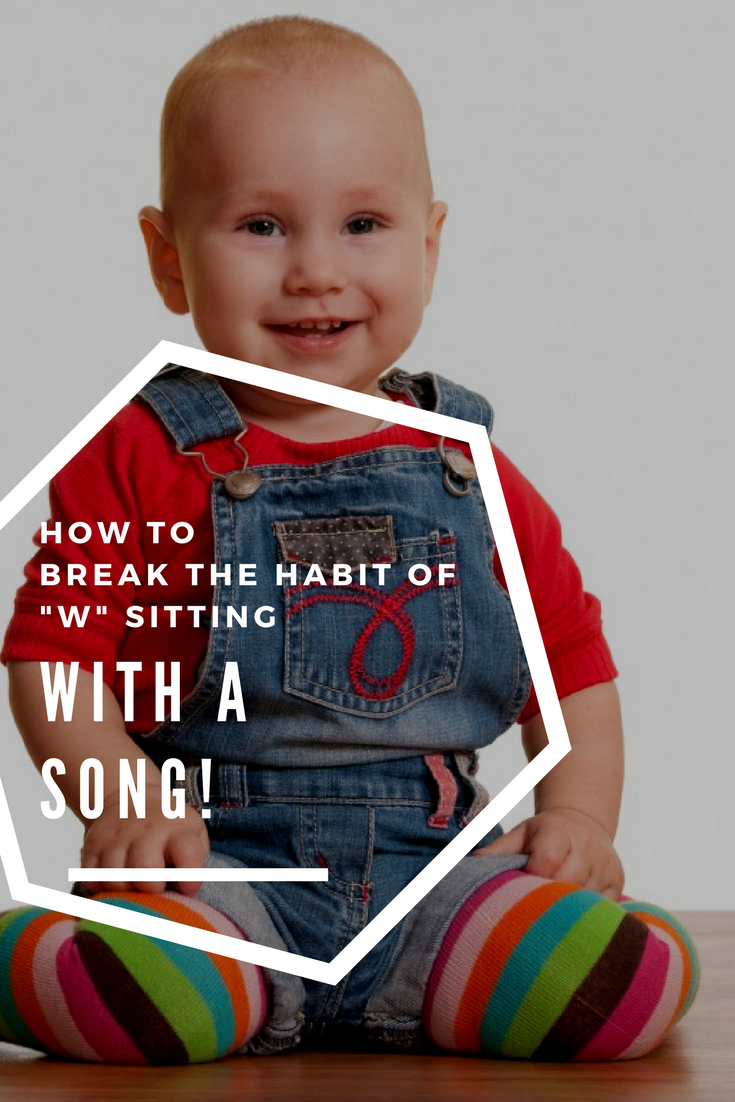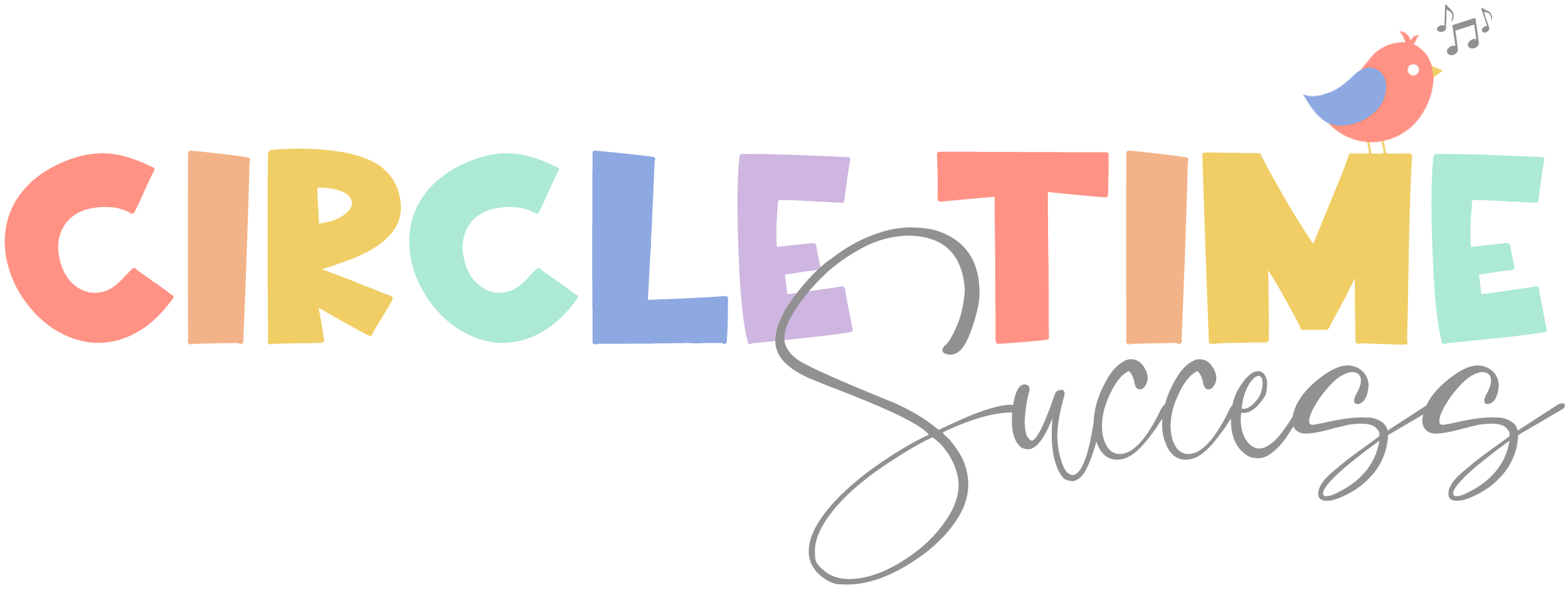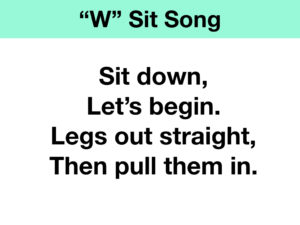
As a music teacher, most of the time I spend with children is at circle time. This means we do a lot of sitting – but not too much, because that’s not good either! Because I am often on the carpet with children, when I heard about the dangers of “w” sitting, it got my attention. For those of you who aren’t familiar with the term, it’s most likely because you didn’t know it had a name. Simply put, it is when a child has one leg on each side of their body in the shape of a “w”.
Now that I am familiar with the long-term effects of sitting this way, it is something I think about all the time and correct children every chance I get. Check out my video below to learn reasons why children “w” sit, the dangers of “w” sit, and a simple way to change the habit with a song.
After you’ve watched the video, If you are interested in learning even more about “W” sitting, check out a great article that gives a variety of alternatives to “w” sitting as well as a really cool infographic just below the video in this post. Then share your new-found knowledge with teachers and parents!
Not a video watcher? No problem! Here are the highlights….
3 Reasons Why Children “w” sit
- Structural Abnormalities of the Hip – If a child’s head and neck of the femur is rotated anterior to the femur, the child is more likely to walk pigeon toed, toes pointing in, as well as “w” sit.
- Poor Balance or Core Weakness – When children lack core strength and balance, “w” sitting can offer them a strong foundation on which to sit.
- Habit – When learning to crawl, “w” sit offers a quick way to transition to sitting up without moving the legs out front. When children realize this form of sitting takes less effort, it can quickly become their go-to position.
3 Reasons Why “W” Sit is Dangerous
- Stress on Joints – “W” sitting can actually put undo stress on the joints and muscles. For children who have hip dysplasia, it can predispose them to hip dislocation.
- Decreased Mobility – When children are “w” sitting, playing with toys directly in front of them is no problem. But, reaching from side to side or transition items from their left to right hand, is more difficult so they don’t do it. Therefore, they don’t practice these much needed skills.
- Decreased Core Strength – Because “w” sitting does not take the same core strength as sitting on their bottom with legs out straight or even in criss cross, children lose the opportunity to work on strengthening their core.
How to Break the Habit of “w” sitting with a song!
We all know songs are a great way for everyone to learn new information. They can also be an effective way to create a new habit. If children in your class are habitually “w” sitting, try this little tune below every time you move into a sitting position. Click here to hear the tune! If you’d rather chant the words, that works too!



